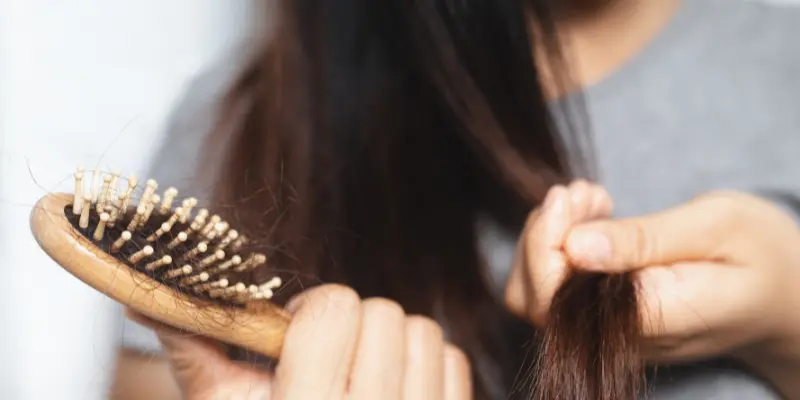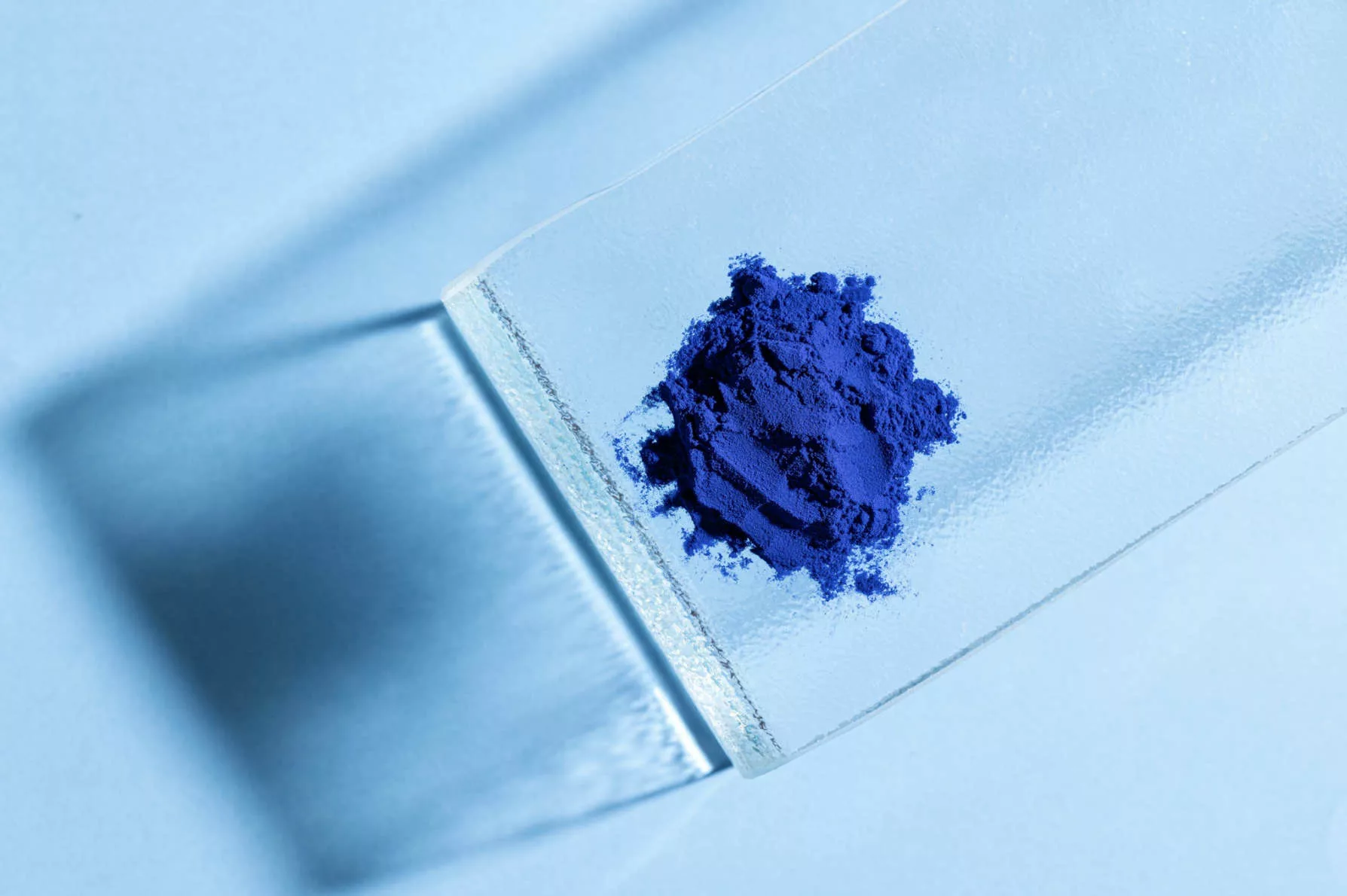
The Latest Treatment Options You Should Know About
Hair loss affects millions of people worldwide and can profoundly impact self-esteem and quality of life. Whether you’re noticing thinning around your temples, sudden bald patches, or overall hair loss, you’re not alone – and there’s good news on the horizon. Recent years have seen remarkable advances in treatments for various types of hair loss. Let’s explore these exciting developments that might help you regain not just your hair, but your confidence too.
Understanding Different Types of Hair Loss
Before diving into treatments, it’s helpful to understand that hair loss comes in many forms:
– Androgenetic alopecia : The most common type, also known as male or female pattern baldness
– Alopecia areata : An autoimmune condition causing patchy hair loss
– Telogen effluvium : Temporary shedding triggered by stress, illness, or hormonal changes
– Cicatricial alopecias : A group of conditions causing scarring hair loss
Each type has different causes and requires different approaches to treatment.
Promising Medications for Hair Regrowth
JAK Inhibitors: A Breakthrough for Autoimmune Hair Loss
If you’re dealing with alopecia areata, there’s remarkable progress with JAK (Janus kinase) inhibitors. These medications work by regulating immune system activity that causes hair follicle damage. The FDA has recently approved three oral JAK inhibitors for treating alopecia areata:
– Baricitinib
– Ritlecitinib
– Deuroxolitinib
These medications have shown impressive results for many patients with severe alopecia areata, though they require monitoring for potential side effects.
Low-Dose Oral Minoxidil: Beyond the Topical Solution
While most people know about topical minoxidil (Rogaine), low-dose oral minoxidil is gaining traction as a treatment for various types of hair loss. The oral version works throughout the body rather than just at the application site and has shown effectiveness for:
– Androgenetic alopecia
– Chronic telogen effluvium
– Traction alopecia
– Alopecia areata
– Even some scarring alopecias
The best part? It’s generally well-tolerated, with hypertrichosis (excess hair growth in unwanted areas) being the most common side effect.
Combination Topical Treatments
Compounded topical medications combine several active ingredients in a single formula. Popular combinations include minoxidil with anti-androgens like spironolactone or finasteride. These combinations may work better than single-ingredient treatments while avoiding the systemic side effects of oral medications.
Innovative Procedures for Hair Restoration
Platelet-Rich Plasma (PRP) Therapy
Using your body’s own healing properties, PRP therapy involves drawing your blood, processing it to concentrate the platelets, and injecting this platelet-rich solution into your scalp. The growth factors contained in platelets may stimulate dormant hair follicles and improve hair density.
A typical treatment plan includes:
– Initial three sessions, spaced about four weeks apart
– Maintenance sessions every 6-12 months
Results vary from person to person, but many experience improved hair thickness and density.
Stem Cell Therapy
At the cutting edge of hair restoration is stem cell therapy. This involves harvesting stem cells (typically from your own fat tissue), processing them, and injecting them into your scalp. These stem cells may help regenerate hair follicles and enhance growth. While still emerging, this approach shows promise, particularly for androgenetic alopecia.
At-Home Devices Worth Considering
Low-Level Laser Therapy (LLLT)
LLLT devices, available as caps, combs, or headbands, use red light (typically 650nm wavelength) to stimulate hair follicles. The light is believed to enhance cellular energy production in hair follicles, potentially improving their function. These devices are FDA-cleared for certain types of hair loss and offer the convenience of at-home treatment.
Scalp Massage Tools
Don’t underestimate the power of mechanical stimulation! Scalp massagers and vibration therapy devices may improve blood circulation to your hair follicles and affect the cells involved in hair growth. While more research is needed, these affordable tools might be worth adding to your hair care routine.
Finding the Right Approach for You
With so many options available, how do you choose what’s right for you? Here’s what to consider:
- Identify your specific type of hair loss: Consult with a dermatologist who specializes in hair disorders for an accurate diagnosis.
- Consider combination therapy: Many people see the best results when combining multiple approaches—for instance, an oral medication plus LLLT or PRP.
- Be patient: Most hair loss treatments require at least 3-6 months before you’ll notice significant improvements.
- Monitor for side effects: Some treatments require regular lab monitoring or have potential side effects that should be discussed with your healthcare provider.
The Bottom Line
Hair loss treatment has come a long way from the limited options of the past. Today’s innovative approaches offer new hope for those struggling with thinning hair or baldness. While there’s still no universal cure for all types of hair loss, these advances mean more people than ever can find effective solutions for their specific situation.
Remember that what works for one person may not work for another, so work closely with a knowledgeable healthcare provider to develop a personalized treatment plan. With the right approach and realistic expectations, you might be surprised by how much hair regrowth is possible with today’s cutting-edge treatments.





